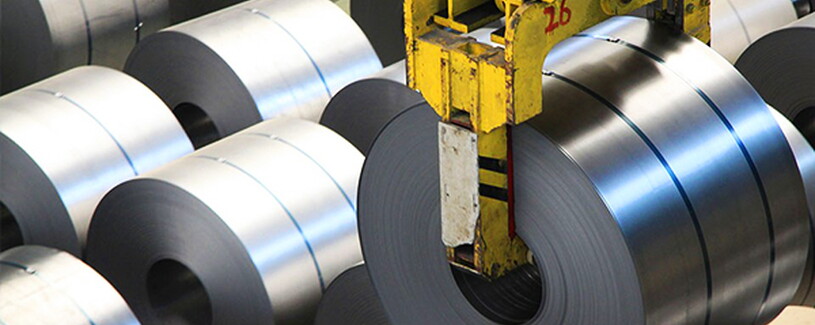Alcoa & the Auto Industry

In early 2014 Alcoa announced that Ford's F-150 pick-up trucks, the best-selling vehicles in the U.S., would use aluminum1 rather than sheet steel in the truck bed and cab. Starting with the 2015 model year, the F-150 would be the first mass-market vehicle to be built with major body construction from aluminum. Alcoa spent $300 million expanding its Iowa factory and planned another $150 million on facilities in Tennessee to meet the demand generated by the Ford contract.
The aluminum industry's growing success in the automotive sector reflected the response of auto manufacturers to the increasingly rigorous fuel economy standards for U.S. vehicles and consumer preferences for high mileage vehicles. To meet those standards, automakers had begun using aluminum to reduce vehicle mass, allowing a smaller, more efficient engine to produce the same performance with increased miles per gallon. For example, the F-150's switch to aluminum for 2015 was a major part of the savings of 700 pounds in vehicle weight compared to the 2014 model
But even with the announcement of the F-150's aluminum body, Alcoa still faced significant challenges in selling to the auto industry. First, there was the problem of consumer perceptions. Car and truck buyers tended to believe that aluminum was not as strong as steel. Especially in the truck market, where Ford promised that its trucks were "Built Ford Tough," beliefs in the vulnerability of aluminum could hurt sales. Ford had launched an educational campaign about the strength of aluminum, but consumer reactions were not yet known. Furthermore, the steel industry was expected to promote steel's virtues to maintain its place as the material of choice of among carmakers and car buyers.
Adoption of aluminum by the auto industry also could be constrained by other factors. Aluminum was already more expensive than steel, and increased demand could drive aluminum prices even higher. Furthermore, automakers had long relationships with steel makers and for over a century had geared their production to steel components.
In addition, aluminum faced competitive threats from other materials. Steel makers were working on lighter alloys to compete with aluminum. Meanwhile, manufacturers of carbon-fiber based composites were touting their material as even lighter than aluminum and just as strong. Plastics manufacturers were also increasing their lightweight alternatives for specific automotive components.
Given these uncertainties, planners at Alcoa and other aluminum manufacturers faced a difficult challenge to forecast the potential size of the market for aluminum in the auto industry. Would other U.S. automakers follow Ford’s lead? Would aluminum vehicles gain a foothold outside the U.S.? How would steelmakers respond to losses in the auto market? Would carbon composites create a significant challenge?